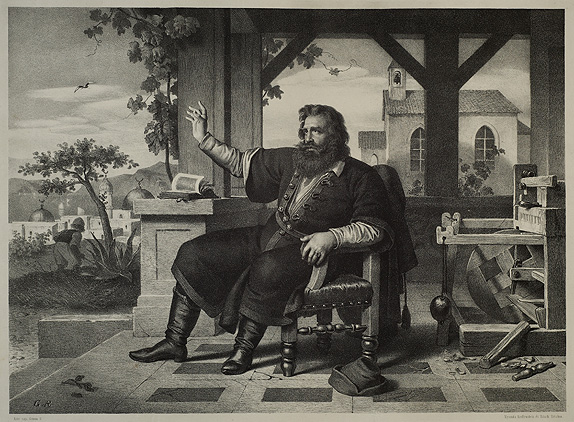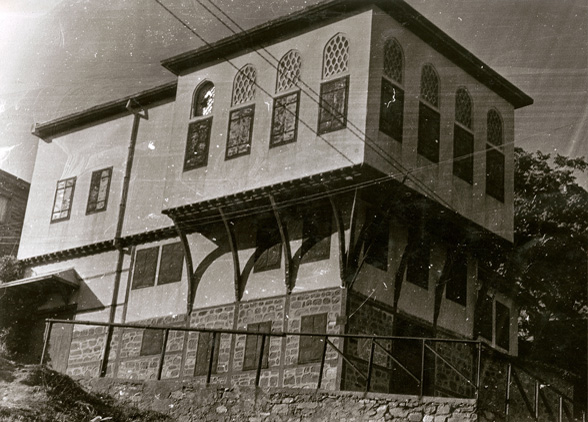Rezső Grimm: Rákóczi in Tekirdağ

-

The dining house in 1953
-

The details of the great hall of the dining house before 1905
Memorial House and Museum
in Honor of Prince Ferenc Rákóczi II and
the Hungarian Political Exiles
(Tekirdağ)

The exhibition
Between 1720 and 1735, the town of Rodostó in Turkey gave home to the „fugitive” Ferenc Rákóczi II, the prince of Transylvania. He became the symbol of Hungarian emigrant life during the last centuries.
With the aim of restoring self-determination to Hungary, the war of independence (1703-1711) led by Ferenc Rákóczi II is recognized as being the longest such conflict to have ever taken place in Central-Europe.
The prince did not accept the Treaty of Szatmár until his death. First he fled to Poland, then to France, then to Turkey after receiving an invitation from Sultan Ahmed III in the autumn of 1717. In 1720 the sultan designated the busy port of Rodostó to be the residence of the Hungarian fugitives. Ahmed III allocated several spacious coastal houses surrounded by gardens at the edge of town for use by the „Hungarian King”. For his attendance, twenty-three roomy houses in the neighbouring Armenian qarter, and seven wide pastures for their horses. The sultan also provided interpretors, deputies fom the capital and 80 Janissaries as bodyguards for Ferenc Rákóczi II.
From Rodostó, the prince actively corresponded with the French, Spanish, and Polish courts, and as a result, attracted the attentions of the Habsburg government.
Anyway, his literary works such as Contemplations (Elmélkedések), Memoirs (Emlékiratok), Confessions (Vallomások), or Treatise on Power (Értekezés a hatalomról) written in the intellectual workshop of Rodosto have earned him greater posterity than his political activity in the emigrant years. In Letters from Turkey (Törökországi levelek) Kelemen Mikes, the secretary of the prince recorded the fugitive’s life in spicy Hungarian language.
The former houses of the Hungarian Colony were neglected by the end of the 19th century. The ashes of the prince and of his fellow fugitives were solemnly transported back to Hungary and reburied in 1906. The inner decorations of the Rákóczi house were moved to Kassa (today: Kosice, Slovakia), and the material remains were systematically collected.
Since 1986 there is a Memorial Museum in the dining-palace of the prince. The house was restored by the Republic of Hungary in 2007, and from February 2010 a modern exhibition representing the Hungarian Transylvanian prince, his family, the war of freedom and the life of the emigration can be seen there. A multilingual tourist-guide system is also available.
